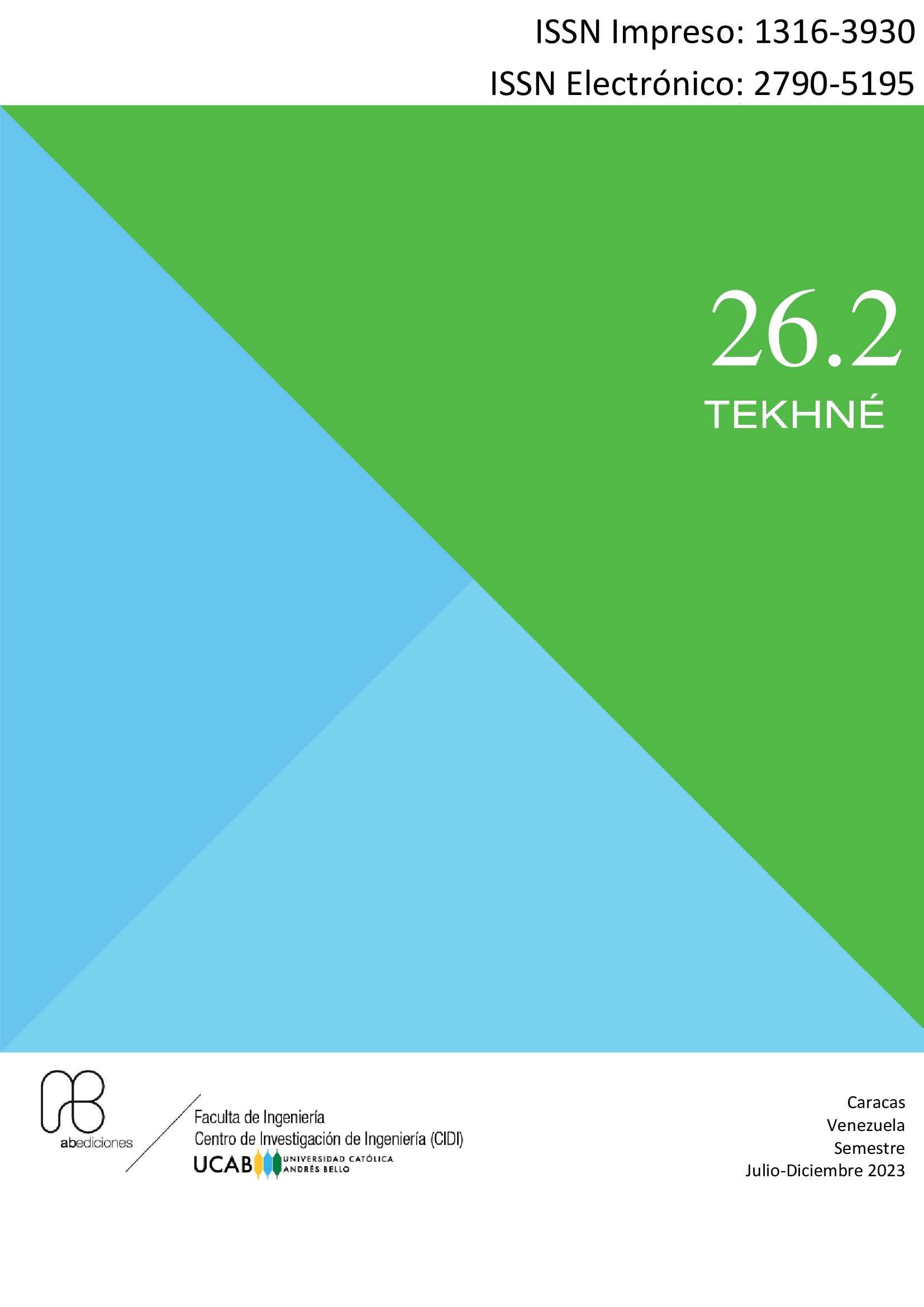Production of industrial ethanol from banana peel (Musa paradisiaca)
Elaboración de Etanol industrial de cáscara de banana (Musa paradisiaca)
DOI:
https://doi.org/10.62876/tekhn.v26i2.6174Abstract
The present research work focused on obtaining industrial ethanol from banana peels. To achieve this, a methodology was designed that included the following processes: obtaining, selection and pretreatment, alkaline and acid hydrolysis, fermentation, filtration, and distillation. Three control variables were selected through a 2k factorial design to optimize ethanol development: molarity of sulfuric acid, amount of yeast, and fermentation days. The optimal combination was 1.63 M acid concentration, 0.57 g of yeast per 100 g of peel, and 10 days of fermentation. The physicochemical properties of the distillate obtained with the best ethanol yield were: alcohol grade of 65% v/v, refractive index of 1.362, ethanol percentage of 51 mL/g of peel, and pH of 5.1. Additionally, the distillate was characterized by gas chromatography: 5.4% methanol/100g AA, 0.06% furfural/100g AA, 16.6% esters/100g AA, 11.5% aldehydes/100g AA, and 66.7% heavy alcohols/100g AA. The distillate obtained is categorized as raw alcohol according to COVENIN 3370-98, and the ethanol yield per unit mass of banana peel was 53%.
Keywords: Ethanol, fermentation, distillation, hydrolysis, banana peel, yield
Downloads
Downloads
Published
How to Cite
Issue
Section
License
Copyright (c) 2023 Tekhné

This work is licensed under a Creative Commons Attribution-NonCommercial-ShareAlike 4.0 International License.




